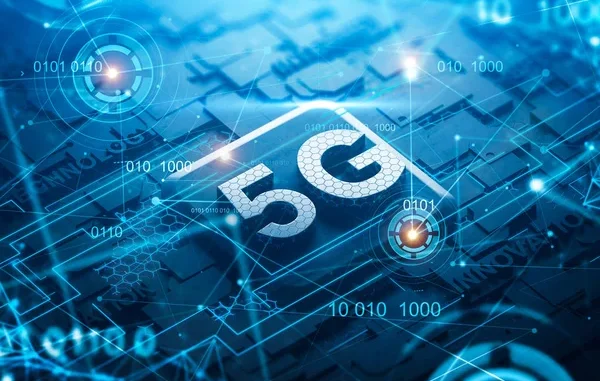
5G networks are designed to provide a higher connection density than previous generations of wireless networks. Connection density refers to the number of devices that can be connected to a cell site or a network at the same time, without a significant decrease in network performance.
Several factors contribute to the increased connection density in 5G networks: Higher spectrum bandwidth: 5G operates on a much wider range of frequency bands, including millimeter wave (mmWave) frequencies, which offer much higher bandwidth than the lower frequency bands used in earlier generations of mobile networks.








Increased carrier aggregation: 5G networks can aggregate multiple carriers (frequency bands) to increase the overall bandwidth available for data transmission, allowing more devices to be connected simultaneously.
Massive MIMO (Multiple-Input Multiple-Output): 5G networks use massive MIMO technology, which involves deploying large arrays of antennas at cell sites to increase the number of users that can be supported by each cell.
Beamforming: 5G networks use beamforming techniques to focus radio signals on specific devices, reducing interference and increasing the capacity of the network.
Small cells and microcells: 5G networks often include small cells and microcells, which are smaller cell sites that can be deployed in dense urban areas to provide high-capacity connectivity to a large number of devices.
The increased connection density of 5G networks has several benefits, including:
Improved network capacity: With more devices connected to the network, 5G can support a larger number of users and provide faster data speeds.
Increased reliability: With more capacity and resources available, 5G networks can provide more reliable connections and reduce congestion.
Enhanced user experience: With faster data speeds and lower latency, users can enjoy a better overall experience when using their devices.
However, achieving high connection density in 5G networks also presents several challenges, including:
Radio frequency interference: The increased number of devices and antennas in 5G networks can lead to radio frequency interference (RFI), which can degrade network performance.
Power consumption: Supporting a large number of devices and antennas can increase power consumption, which can be a challenge for small cells and microcells.
Network planning and optimization: With more devices and users, network planning and optimization become more complex, requiring more sophisticated tools and techniques.
To overcome these challenges, network operators must carefully plan and optimize their 5G networks to ensure that they can support the increased connection density while providing a high-quality user experience.


Leave a Reply